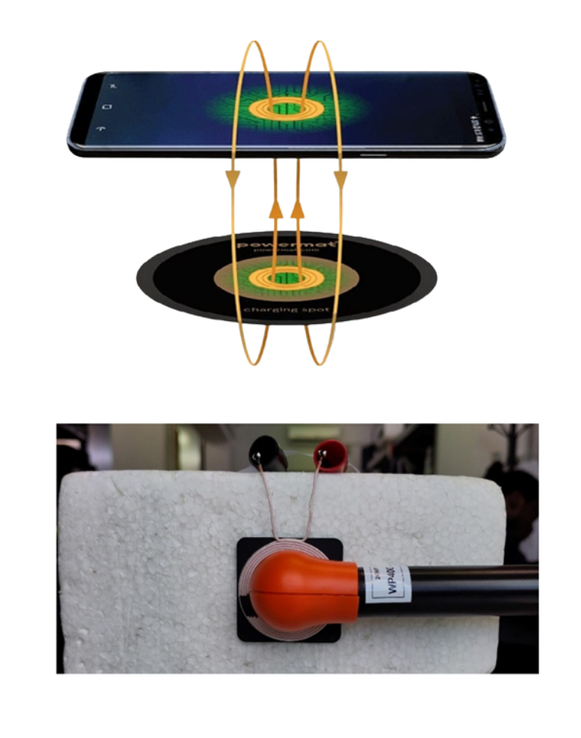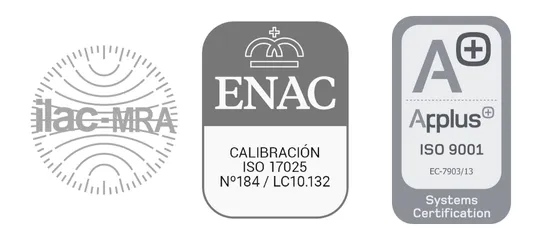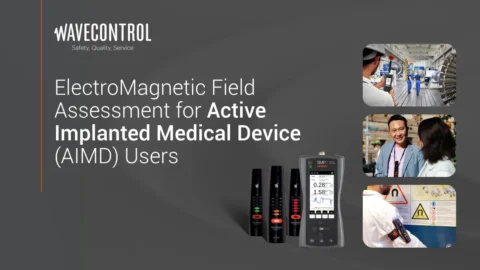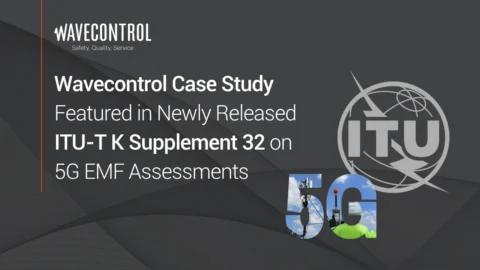How to Measure EMF from Wireless Power Transfer (WPT) Devices

Wireless Power Transfer (WPT) has changed how we charge our devices. While it simplifies life for users, it creates a critical duty for manufacturers: ensuring human safety against EMF exposure, especially at lower frequencies, ranging from 3 kHz to 10 MHz. To achieve this, specific measurement instruments are essential for the accurate evaluation of these fields. Companies like Wavecontrol specialize in offering these solutions for measuring non-ionizing EMF radiation to verify human exposure levels are not exceeded.
The main health risk at these low frequencies is nerve stimulation. Therefore, global regulations are strict and require precise EMF assessment and measurements. Here, we analyze the three key international standards and the exact method needed to achieve EMF compliance.
The Three Key Standards for WPT Compliance
To bring a WPT product to the global market, you must meet any or several of these three essential regulatory standards:
- ISED RSS-102.NS.MEAS (Canada): With Focus on Nerve stimulation
- Applies to the range of 3 kHz to 10 MHz.
- Requires comparing the EMF exposure against the reference levels in Safety Code 6 for uncontrolled environments (commercial devices).
- Its key point is the assessment at contact distance (0 mm), which is crucial if the user directly interacts with the device.
- FCC KDB 680106 (United States): Maximum Exposure Assessment
- Applies to devices operating below 4 MHz.
- Uses the Maximum Permissible Exposure (MPE) assessment.
- Requires measuring the magnetic field in the worst-case scenario (maximum power) from all sides of the transmitter, following the main axes.
- Also requires measurement at contact distance
- IEC/IEEE 63184 (International): The New Global Standard
- This standard, released in early 2025, covers stationary WPT systems from 3 kHz to 30 MHz (with focus on nerve stimulation effects up to 10 MHz).
- Requires measurements at the closest possible distance to the system.
- It specifies that the instrumentation must meet the IEC 61786-1 standard to ensure the accuracy needed for measuring the spatial peak.
The Zero Distance Extrapolation Challenge

Measuring the electromagnetic field at 0 mm is physically impossible due to the size of the measuring probes or antennas. This is why extrapolation methods are essential to meet the “zero contact” requirement and achieve compliance.
Each standard defines a Minimum Measurement Distance condition (Dmeas), defined as the starting point for conducting measurements. To accurately estimate the field value at the critical contact distance, Curve-Fitting techniques must be used by taking multiple measurement points and using Curve-Fitting Models. This mathematical process allows you to extrapolate and ensure that the maximum exposure level is evaluated correctly, regardless of the physical size of the probe used.
Rigorous Measurement Methodology
EMF measurement requires a systematic laboratory process that guarantees the traceability of the results. This process includes ensuring the device (EUT) operates at maximum power (worst case), performing a spectrum pre-analysis to identify operating frequencies, and executing a grid scan to accurately locate the field’s spatial maximum. Equipment like the SMP3 meter and the WP series probes from Wavecontrol are specifically designed to handle the complexities of these near-field measurements.
To consult the details of the steps for equipment setup, pre-analysis, and final measurement required for WPT compliance, you can download our complete Application Note here: Download Application Note.
Conclusion
Mastering the zero-distance method and the extrapolation technique is key to meeting EMF standards for WPT. High-precision equipment, such as that offered by Wavecontrol, is designed to follow this rigorous methodology and ensure compliance with international regulations. Knowing and correctly applying these three standards is necessary for your product’s approval and to ensure user safety.
To find out more about the Wavecontrol solution for WPT measurement and how they can support your EMF assessment needs contact one of our experts.



